All Science
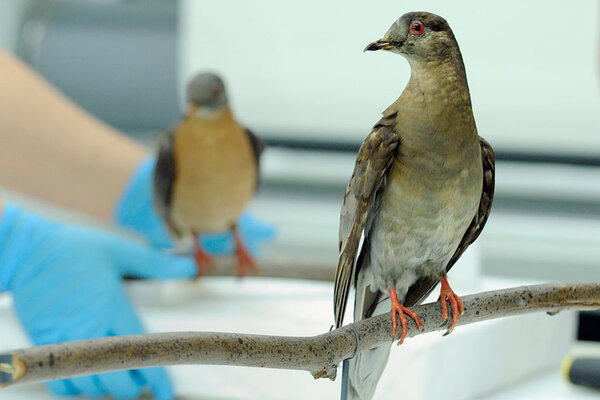 Could science bring back the passenger pigeon?
Could science bring back the passenger pigeon?As the Smithsonian prepares to launch an exhibit on Martha, whose death a century ago marked the extinction of the passenger pigeon, scientists speculate that modern DNA technology could some day return her species to the skies.
- NASA Probe Flying by Huge Saturn Moon Titan Today
NASA's Cassini spacecraft is scheduled to fly by Saturn's moon Titan today to learn more about the huge satellite's thick atmosphere and frigid, sea-studded surface.
 Scientists reveal spiders' surprising food choice
Scientists reveal spiders' surprising food choiceResearchers have compiled information documenting spiders worldwide catching and eating fish.
 At last! Scientists glimpse Earth's most abundant mineral.
At last! Scientists glimpse Earth's most abundant mineral.Normally, locked deep inside the Earth, the most abundant mineral on our planet has been spotted locked inside a 4.5-billion-year-old meteorite.
- NASA and Angry Birds Team Up Again for New Game
Angry Birds and NASA have teamed up for the second time to develop a new game that sends players to the space agency's next cosmic target — asteroids.
- Astounding 'ice sculptures' locked beneath Greenland's ice sheet
Ice-penetrating radar has revealed that the layers of snow and ice locked beneath Greenland's glaciers are twisted and folded into elaborate forms.
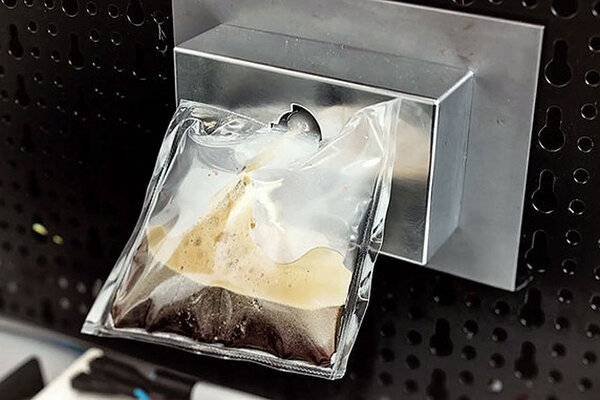 International Space Station to get 'corner cafè'
International Space Station to get 'corner cafè'The space station is set to get its first coffeemaker in November, in the form of the 'ISSpresso,' a capsule-based espresso machine specifically designed for microgravity brewing.
- After Pluto, what's next for NASA's New Horizons probe?
NASA will be using its Hubble Space Telescope to scan for a new destination for its New Horizons spacecraft, which is expected to reach Pluto in one year.
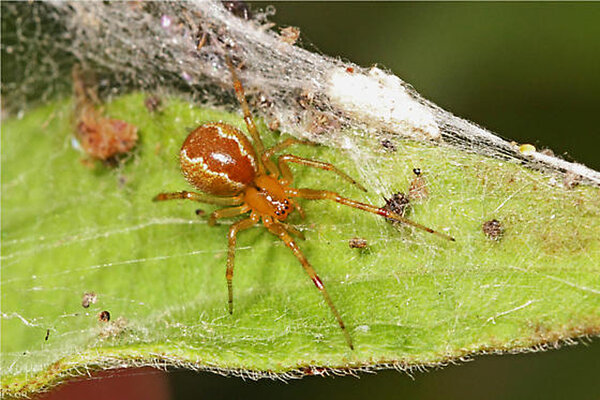 Spiders divide labor by personality, say scientists
Spiders divide labor by personality, say scientistsThe social spider Anelosimus studiosus performs jobs within the colony based on its distinct personality, according to researchers at the University of Pittsburgh.
 Pluto's largest moon may have once harbored subsurface ocean, say scientists
Pluto's largest moon may have once harbored subsurface ocean, say scientistsResearchers believe that Charon, the largest moon of Pluto, could have once had an interior warm enough to support an ocean of liquid water.
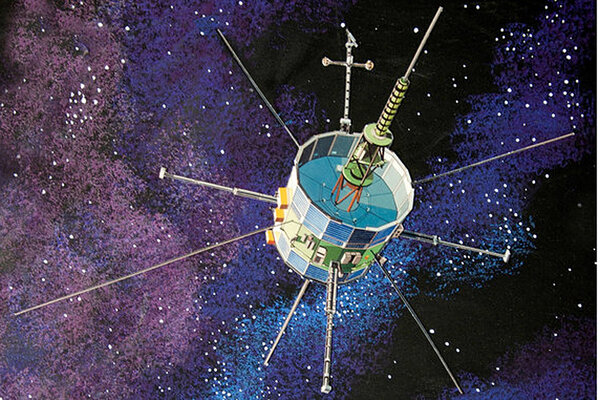 36-year-old NASA probe may not return to duties yet
36-year-old NASA probe may not return to duties yetA group looking to reboot the International Sun-Earth Explorer 3 probe has been delayed by NASA's approval process.
 Crayfish experience anxiety much like humans do, say scientists
Crayfish experience anxiety much like humans do, say scientistsAfter being exposed to stressors, the nervous systems of crayfish behave much like those of humans, according to researchers in France.
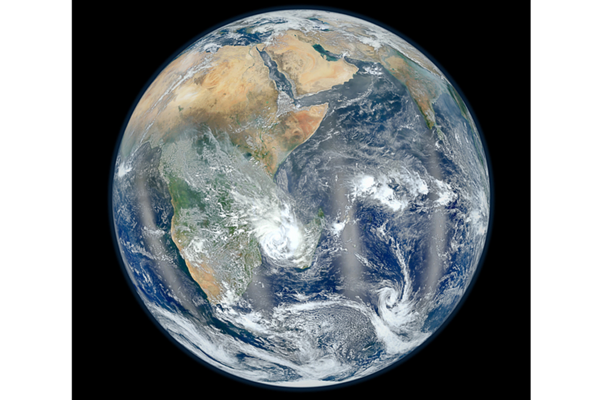 Oceans' worth of water locked deep inside the Earth, say scientists
Oceans' worth of water locked deep inside the Earth, say scientistsSome 255 to 410 miles deep inside the Earth are vast reservoirs of water locked inside a mineral, new research finds.
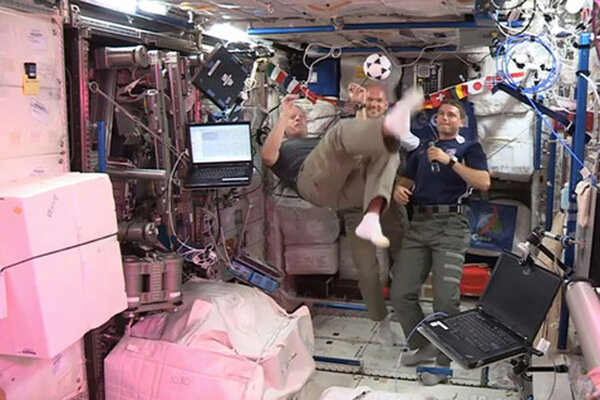 Space station astronaut marks World Cup with zero-g bicycle kicks
Space station astronaut marks World Cup with zero-g bicycle kicksAstronauts aboard the International Space Staion have created a World Cup tribute video, complete with microgravity soccer maneuvers.
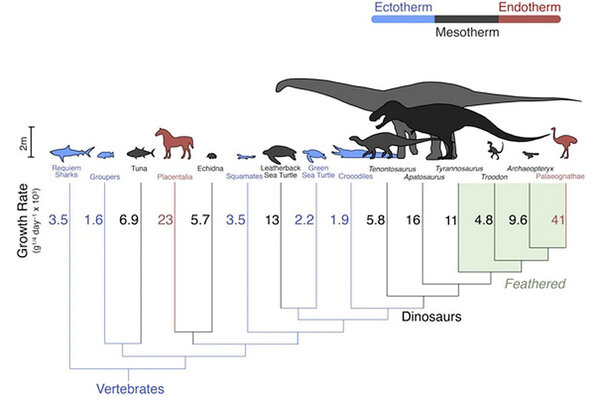 Were dinosaurs warm-blooded or cold-blooded? Yes, say scientists.
Were dinosaurs warm-blooded or cold-blooded? Yes, say scientists.Researchers say that, dinosaurs' blood was neither hot nor cold, but somewhere in between, a rarity in the modern animal kingdom.
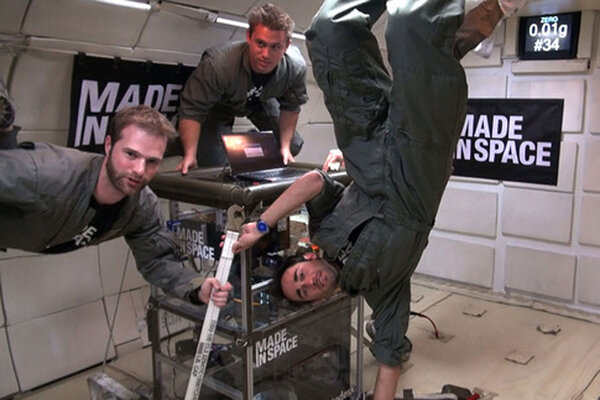 Space station could have 3D printer this summer
Space station could have 3D printer this summerA 3D printer has been cleared for launch to the International Space Station in August, say NASA officials.
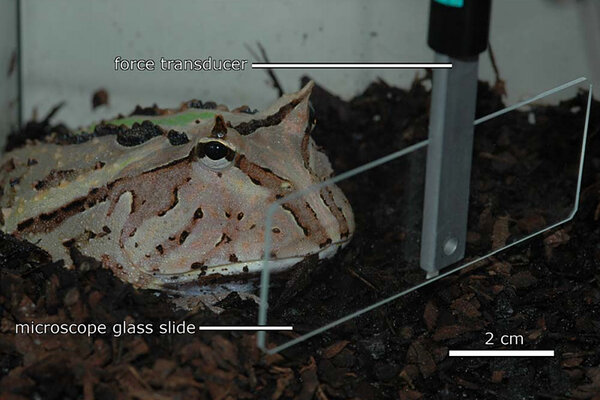 Frogs' tongues could be much stickier than thought, say scientists
Frogs' tongues could be much stickier than thought, say scientistsHorned frogs can adhere to an object with enough force to pull prey three times its own weight, say researchers.
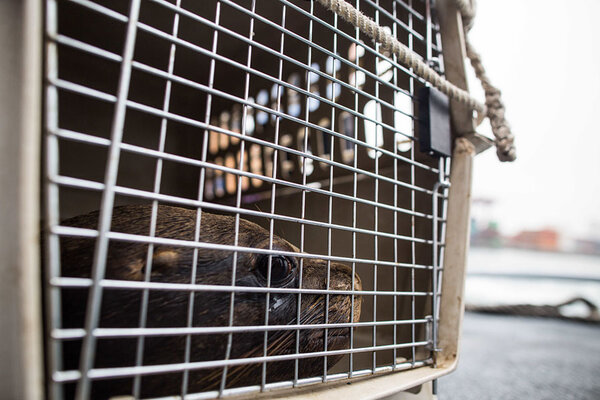 Peru sea lion returns to wild
Peru sea lion returns to wildPeru sea lion: After six weeks of treatments, a badly injured sea lion discovered on a beach in Peru has been delivered to an island populated by dozens of other sea lions.
 Mars flying saucer test postponed due to weather
Mars flying saucer test postponed due to weatherMars flying saucer test: NASA's 'flying saucer,' a disc-shaped vehicle with a huge supersonic parachute designed to bring a spacecraft to Mars, will have to wait for its test flight, say space agency officials.
 Ancient sea reptiles scooped up prey, say scientists
Ancient sea reptiles scooped up prey, say scientistsThe nothosaur, a marine reptile that lived some 245 million years ago, sported paddle-like forelimbs that it used to scoop up prey from the sea floor.



















